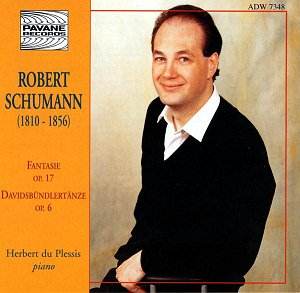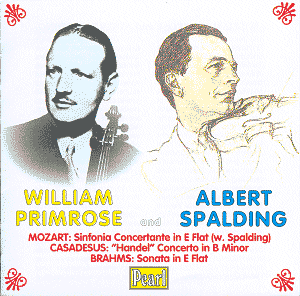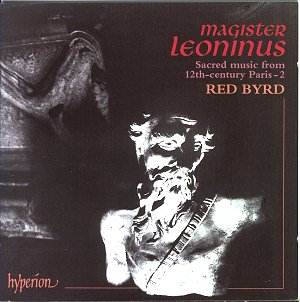 Composer: Robert Schumann
Composer: Robert Schumann
Works: Fantasie, Op. 17; Davidsbündlertänze, Op. 6
Performers: Herbert du Plessis (piano)
Recording: June 1995, Boulogne-Billancourt
Label: Pavane ADW 7348
Robert Schumann’s oeuvre, steeped in the emotional turbulence of the Romantic era, showcases a profound internal struggle between the idealistic and the pragmatic. The two seminal works featured in this release—Fantasie, Op. 17 and Davidsbündlertänze, Op. 6—embody this dichotomy, with the Fantasie representing a grand, almost epic aspiration while the Davidsbündlertänze captures fleeting moments of whimsical introspection. The intricate interplay of contrasting themes and emotional landscapes presents a formidable challenge for any interpreter, and Herbert du Plessis steps into this lion’s den with a commendable yet ultimately limited approach.
Du Plessis’s technique exhibits a solid grasp of Schumann’s complex counterpoint and intricate textures. His articulation, especially in the opening movement of the Fantasie, displays a commendable clarity. However, the performance often feels ensconced within a cautious, almost reverential framework that can inhibit the passionate outpouring characteristic of Schumann’s music. The interpretation lacks the fiery spontaneity that one might anticipate, leaving the listener longing for a deeper exploration of the composer’s emotional depths. The piano’s tonal palette, though technically adequate, is disappointingly colorless, with a boxy acoustic that obscures the vibrant sonorities inherent in Schumann’s writing.
The Davidsbündlertänze, with its 18 interconnected pieces, demands a keen sense of contrast and character, qualities that du Plessis struggles to fully realize. His interpretations tend toward literalism, which, while ensuring a faithful rendering of the score, often results in a performance that feels more like a recital of notes than a passionate dialogue with the music. While there are moments of sensitivity—particularly in the lyrical sections—the overall interpretation falls short of the imaginative phrasing and nuanced touch that define the great recordings of this repertoire, such as those by Brendel or Kempff. The absence of a palpable Romantic rapture diminishes the emotional impact, as the music’s playful exuberance and poignant melancholy are not fully articulated.
The recording quality further compounds these interpretive limitations. The sound lacks warmth and depth, failing to capture the rich harmonic overtones that are a hallmark of Schumann’s piano works. The balance between the piano and the acoustic space feels constricted, rendering the dynamics somewhat flat and unvaried. This results in a listening experience that, while technically competent, lacks the vibrancy and immediacy that one would expect from a studio recording of such repertoire.
Du Plessis’s effort, while respectable on its own terms, pales in comparison to the rich tapestry of interpretations available. For instance, Pollini’s recent recording of the Davidsbündlertänze (DG), though not without its own flaws, offers a probing intellectual engagement with the text that is noticeably absent here. The interpretive depth and understanding of Schumann’s emotional landscape found in recordings by Kempff or Curzon provide a benchmark that du Plessis does not quite reach.
This release, while showcasing some commendable attributes, ultimately fails to engage the listener on the profound emotional level that Schumann so ardently demands. It serves as a reminder of the interpretive complexities inherent in the composer’s work, highlighting the necessity for a blend of technical proficiency and emotional daring—qualities that are regrettably underrepresented in this interpretation.



